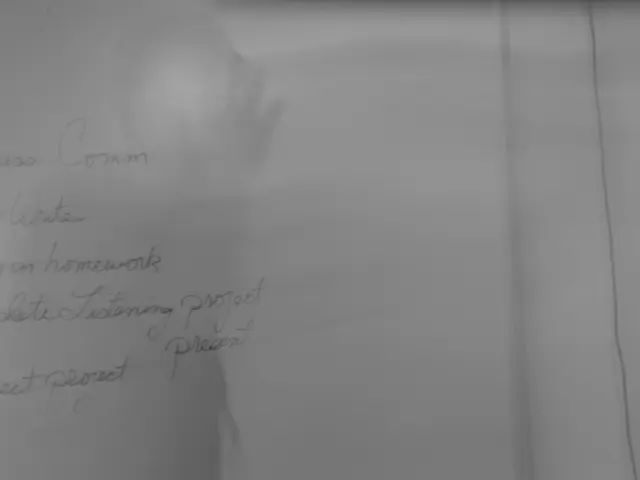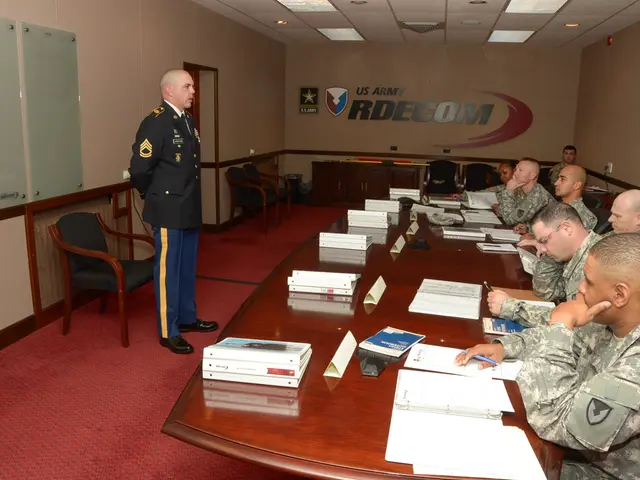Urgent call for implementing green steel: Translating pledges into tangible efforts
India, the world's second-largest steel producer, is embarking on a significant transition towards green steel production. This shift is driven by rapid industrial growth and climate goals, with a focus on adopting green hydrogen-based direct reduced iron (DRI) steelmaking.
Key Strategies
India's green steel transition relies on several key strategies. One such strategy is the integration of green hydrogen, with the country planning to shift towards green hydrogen-based steelmaking to reduce carbon emissions. As green hydrogen prices are expected to decline, this could make green steel more economically viable by 2030-2040.
Another crucial strategy is the securing of offtake agreements or buy-back contracts for green steel. Without assured demand, investments in green steel plants remain risky. Government policies mandating procurement of green steel could bridge this demand gap and stimulate private investments.
Strategic partnerships, like the one between JSW Steel and JFE Steel, aim to boost domestic capacity and improve energy-efficient steel production. These alliances also focus on securing critical minerals for clean energy and reducing import dependency, thus supporting the green steel value chain.
Policy support and carbon pricing are also expected to play a significant role. Emission benchmarks and carbon pricing are expected to rise, incentivizing the shift to low-carbon steel. Subsidies, tax incentives, and demand-side policies like procurement mandates are being proposed to support the green steel industry.
Challenges
The transition to green steel faces several challenges. High cost and carbon intensity are significant hurdles. India’s steel sector is more carbon-intensive than the global average due to coal-heavy production and limited scrap availability.
Demand uncertainty is another challenge. Without strong, assured demand via offtake agreements or government mandates, producers face financial risks. Some producers struggle to export green steel due to limited international buyers, demonstrating a need to build domestic green steel demand.
Infrastructure and supply chain issues also pose challenges. Building green hydrogen infrastructure and securing minerals for clean energy remain complex. Strategic global partnerships are addressing this but supply chain volatility and project delays pose risks.
The Path Forward
To overcome these challenges, India must focus on lowering green hydrogen costs, catalyzing demand through offtake agreements and government policies, and forging strategic partnerships to ensure supply chain security. The path is challenging but aligns with India's goals to reach 500 million tons steel capacity by 2047 with significantly reduced emissions.
ERM, a global company with deep industry insights, combines technical expertise, policy advisory, and strategic consulting to support steel companies in achieving low-carbon production. ERM offers regulatory and policy advisory services to help organizations align with environmental compliance frameworks and make credible environmental claims regarding green steel use.
The opportunity to decarbonise steel is narrowing, and immediate action on emissions reduction, coupled with long-term investments in green hydrogen infrastructure, is imperative. The demand for green steel is surging, with the market expected to reach US$766.76 billion by 2030 and demand for fossil-free steel projected at 10 million tonnes annually.
The shift to green steel is a strategic imperative that requires collaboration among policymakers, industry leaders, and financial institutions to scale production, reduce costs, and create a regulatory framework that accelerates adoption. This transition requires both short-term emissions reduction and long-term infrastructure investments, including enhanced recycling, energy efficiency improvements, and carbon capture, utilisation, and storage (CCUS) retrofits.
In conclusion, the transition to green steel is not just an environmental necessity, but an economic opportunity that, if seized now, will shape the future of global industry and infrastructure. Let's work together to build a sustainable and green future for steel production in India.
[1] World Steel Association, (2021), "Green Steel: A Pathway to Net-Zero Emissions", [Online], Available: https://www.worldsteel.org/publications/green-steel-a-pathway-to-net-zero-emissions.html
[2] Financial Express, (2021), "JSW Steel, JFE Steel form joint venture to boost domestic capacity", [Online], Available: https://www.financialexpress.com/industry/companies/jsw-steel-jfe-steel-form-joint-venture-to-boost-domestic-capacity/2271053/
[3] The Economic Times, (2021), "Green steel: The path to decarbonising India's steel industry", [Online], Available: https://economictimes.indiatimes.com/industry/energy/green-steel-the-path-to-decarbonising-indias-steel-industry/articleshow/88134282.cms
[4] McKinsey & Company, (2021), "Green steel: The roadmap to a low-carbon industry", [Online], Available: https://www.mckinsey.com/industries/metals-and-mining/our-insights/green-steel-the-roadmap-to-a-low-carbon-industry
[5] The Hindu BusinessLine, (2021), "Green steel: India's road to decarbonisation", [Online], Available: https://www.thehindubusinessline.com/companies/green-steel-indias-road-to-decarbonisation/article36177365.ece








